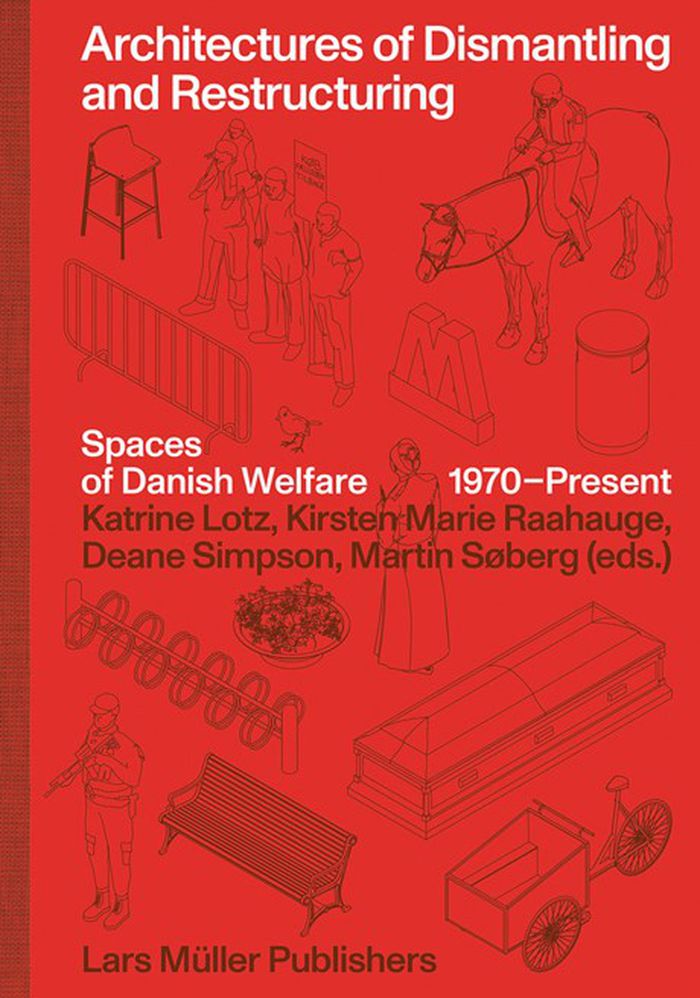$56.00
(available to order)
Summary:
This publication explores a series of urgent questions addressing architecture’s role in the welfare and everyday life of citizens, from the interdisciplinary perspectives of architecture, art history and anthropology. With Denmark as a case, it examines how the spatiality of the welfare system has transformed, since the end of the so-called “golden age of the welfare(...)
Architectural Theory
September 2022
Architectures of dismantling and restructuring: Spaces of Danish welfare, 1970-present
Actions:
Price:
$56.00
(available to order)
Summary:
This publication explores a series of urgent questions addressing architecture’s role in the welfare and everyday life of citizens, from the interdisciplinary perspectives of architecture, art history and anthropology. With Denmark as a case, it examines how the spatiality of the welfare system has transformed, since the end of the so-called “golden age of the welfare state” in the early 1970s until today. Rather than unfolding a singular narrative of loss and nostalgia associated with welfare dismantlement – or one of triumphant humanization and restructuring of modernist planned environments – it describes shifting spatial materializations of welfare and the “good life” at the intersection of these two tendencies, under the influence of a Danish version of the neoliberal turn and other important societal transformations. A rich analytical sequence of drawn visualization supplements the book’s textual and photographic descriptions of welfare space transformation.
Architectural Theory
